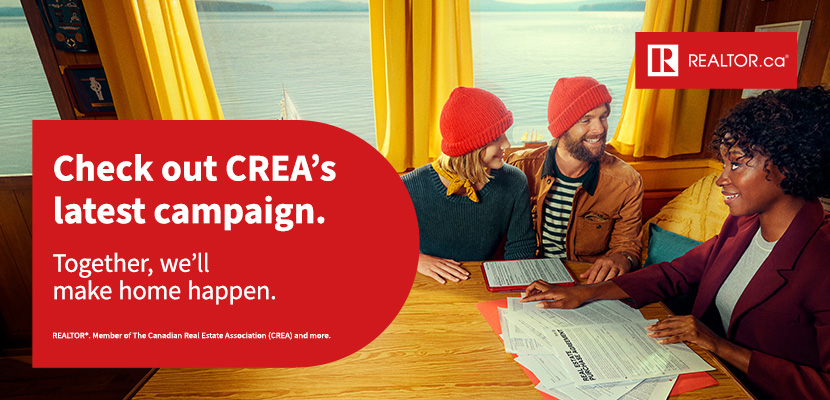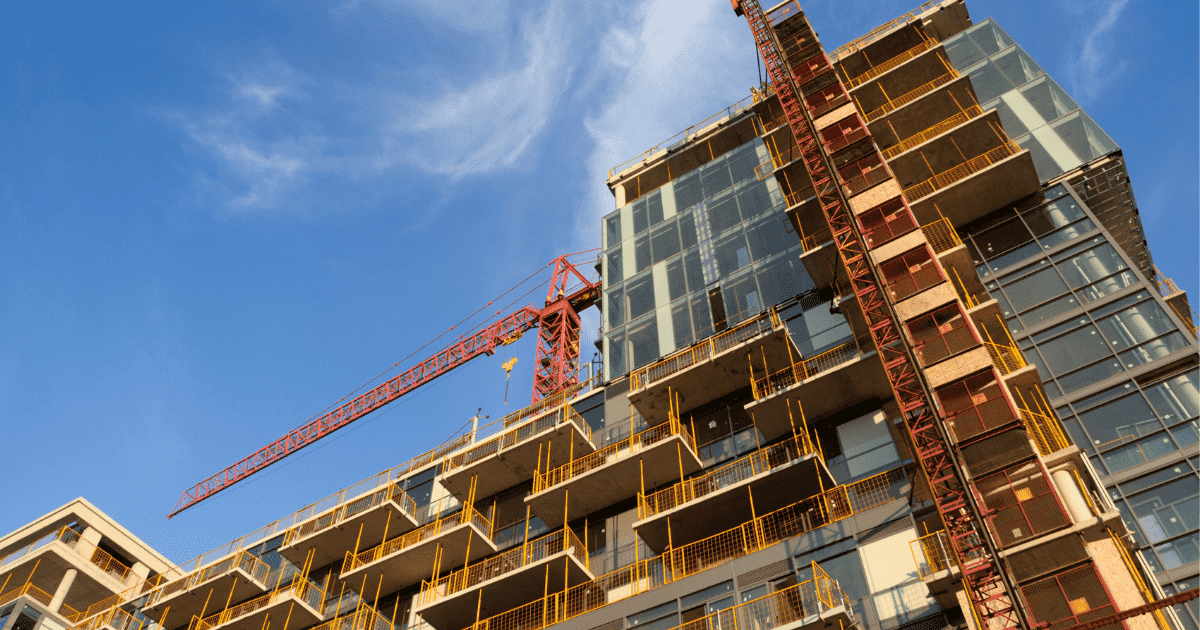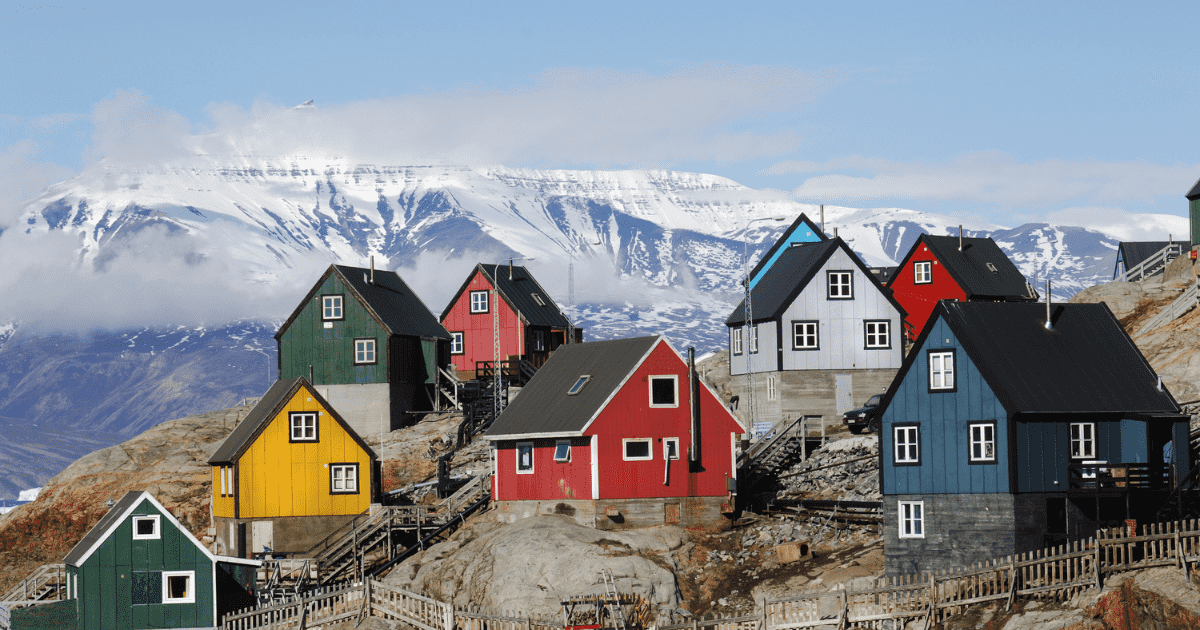In the evolving landscape of residential real estate, with demand for rental units on the rise and plans to purchase single-family homes appearing to decline, purpose-built rental communities are surpassing their reputation as a trend and solidifying their role as a valuable, stable asset for investors.
There are several key aspects of creating and managing purpose-built rental communities, including market research, design, financial planning, marketing and maintenance strategies, that contribute to increasing their value and returns over time. Each of these aspects will be instrumental in creating a successful rental community that meets the demands of today’s renters.
Understanding purpose-built rental communities
Purpose-built rentals, simply put, are rental buildings created for the sole purpose of renting every unit, as opposed to creating condominium units. By purpose-building a rental community, developers can include all the amenities and features that will best appeal to potential renters in that area, whether that’s a gym, on-site laundry, balconies or any other combination of building features.
For developers, a purpose-built rental creates a predictable income with long-term investment stability. They analyze market data and use forecasting to determine how much the units will rent for, knowing they’ll continue to be rented for that much as long as a tenant’s lease is in effect.
The benefit to residents is that, in a purpose-built rental, there are more amenities and the ones that exist will usually fill a gap in the local area — such as including a gym if there isn’t one within a reasonable distance. There’s also a more community-oriented feel in a purpose-built rental, as there are several community spaces included in the design of the building from the start.
Market research and planning
In plans for designing a purpose-built rental, the early phases involve researching and understanding its intended demographic. The amenities, space and functionality that a family may need are different from those needed (or wanted) by young professionals or retirees. Knowing who the majority of residents will be can help set expectations and what will be of most use in the building.
This is heavily influenced by the location of the property. Proximity to employment hubs and public transportation are always important factors to consider, as they’ll have a major impact on who the rental will attract. Rentals built near community centres and schools might be more appealing to small families, while proximity to restaurants and shops might be more appealing to young professionals. Location will also influence parking options and amenity selection; for example, a purpose-built rental next to a large park may opt not to include a dog run.
Always focus on researching other rental properties in the area, both purpose-built and otherwise, to understand where the gaps in the market are and what can be done to fill them.
Design and development
Creating a community-centered layout should be central to the design of a purpose-built rental. A layout promoting accessibility will draw many more tenants to the community while also improving the quality of life for those who choose to live there. Ensuring that all tenants have equal access to amenities will help to promote a thriving, interconnected culture within the building.
Sustainability is also a growing concern for many modern renters. Incorporating sustainable practices and eco-friendly design not only reduces the impact of development but can be a draw for the purpose-built rental and create savings or offer eligibility for government funding.
Financial considerations
Building a purpose-built rental requires funding. As mentioned, if sustainable elements are incorporated in the design, developers may be able to partner with specific loans and investors to fund eco-friendly projects in a specific region. Other investors may be specifically interested in developing certain areas of a community. Researching the funding options available is key to understanding what to prioritize in a project.
Another important consideration is future rent per square foot and how different amenities will impact the desired rental price based on market rent for the area. A skilled team to run various spend versus future income combinations and forecasting models will be critical.
Marketing and leasing strategy
A purpose-built rental is nothing without its renters. When creating a marketing and leasing strategy, consider the target demographic and research related to location and costs. Retirees may not be as active on social media as young professionals, so having ads on online channels could be less effective than traditional advertising.
Creating a brand identity that people can relate to and remember is also important — to consider moving into a rental property, potential tenants need to be able to picture themselves and their lifestyle within those walls. There’s also a level of trust necessary in deciding if they will choose one building over another as their future home, so brand awareness and reputation management will be highly beneficial.
Having a clear marketing-to-leasing strategy and leasing process will help to support a high occupancy rate and continued resident satisfaction, in turn supporting reputation management. Many property management teams will use rental agents to ensure a seamless tour-to-rental process, and this can also be considered during the financial modelling and forecasting phase.
Management and maintenance
Including high-quality amenities is only part of the draw of purpose-built rental communities. Once they’re in place, they need to be managed and maintained properly to keep them functional, safe and at the quality that residents deserve.
Having a maintenance plan and the necessary staff for both the amenities and the residential units will be key to ensuring that tenants are satisfied with their choice to live in the community. A prompt response to repair requests can help to ensure overall resident satisfaction, as maintenance and safety are two top concerns reported by renters who have chosen to terminate a lease agreement.
Putting it into practice
Creating purpose-built rental communities is a multi-faceted, multi-year endeavour that requires careful planning and consideration across various aspects, from market research to management upon completion. By focusing on the needs and preferences of their target demographic, selecting an optimal location and incorporating community-oriented and sustainable design elements, developers can create rental communities that stand out in the market.
Purpose-built rental communities not only provide a steady income stream to investors but also offer residents a well-designed, amenity-rich living environment that fosters a sense of community and meets their lifestyle needs. As the demand for rentals increases, so will the demand for purpose-built rentals to meet it.
Jenn Morrison, RPP, MCIP, is the Director of Development at CLV Group Developments Inc. Jenn holds a Master’s in Urban and Suburban Planning and has extensive experience in the housing development sector.















